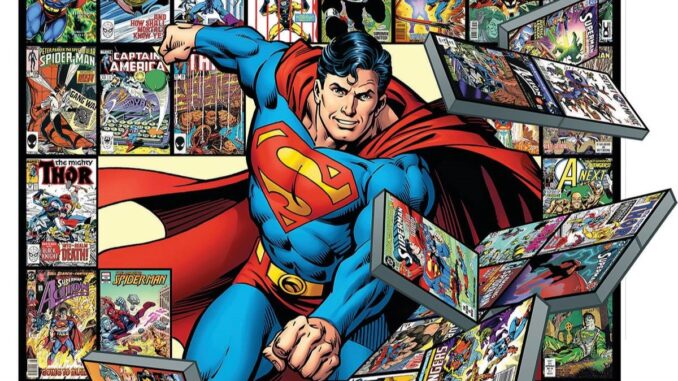
Introduction: Comics have been a beloved form of entertainment for generations, captivating readers with their unique blend of art and storytelling. These colorful narratives have transcended the pages of pulp magazines and comic books to become an integral part of popular culture. In this guest post, we’ll embark on a journey through the fascinating world of manganato, exploring their history, impact, and enduring appeal.
The Origins of Comics
The history of comics can be traced back to ancient civilizations, where sequential art was used to tell stories on cave walls and Egyptian hieroglyphs. However, modern comics as we know them began to take shape in the 19th century. In the late 19th and early 20th centuries, comic strips, which featured humorous stories and recurring characters, gained immense popularity in newspapers.
The Golden Age of Comics
The 1930s witnessed the birth of superheroes, with the debut of iconic characters like Superman and Batman. This era, known as the “Golden Age of Comics,” laid the foundation for the superhero genre that continues to thrive today. Comics provided an escape from the harsh realities of the Great Depression and World War II, offering readers a sense of hope and heroism.
The Silver Age and Beyond
The 1950s and 1960s marked the “Silver Age of Comics,” characterized by a resurgence of superhero stories and the creation of legendary characters such as Spider-Man and the X-Men. This era also saw comics diversify, exploring different genres, from horror and science fiction to romance and crime.
Comics continued to evolve over the decades, reflecting the changing social and cultural landscape. They became a medium for addressing complex issues, pushing boundaries, and challenging societal norms. Works like “Watchmen” and “Maus” demonstrated the artistic and literary potential of manganato, earning critical acclaim and reaching new audiences.
The Impact of Comics
Comics have had a profound impact on culture, influencing not only literature and art but also film, television, and fashion. The success of blockbuster superhero movies like the Marvel Cinematic Universe. And DC Extended Universe is a testament to the enduring popularity of comic book characters.
Comics have also been a catalyst for social change. They have addressed issues such as racism, sexism, and LGBTQ+ rights, offering a platform for underrepresented voices and fostering inclusivity. Through graphic novels like “Persepolis” and “Fun Home,” creators have shed light on personal experiences and challenged stereotypes.
Comics as an Art Form
Comics are a unique blend of visual and literary artistry. Artists and writers collaborate to create immersive worlds, dynamic characters, and compelling narratives. The medium’s visual nature allows for storytelling through imagery, enabling readers to engage on multiple levels. From the intricate details of a superhero’s costume to the expressive emotions conveyed through facial expressions. Every panel is a work of art.
The Enduring Appeal of Comics
Comics continue to thrive in the digital age, with webcomics and digital platforms making them more accessible than ever. The diverse range of comics available today caters to all tastes and interests. From traditional superhero tales to avant-garde graphic novels.
Conclusion
Comics have come a long way from their humble beginnings, evolving into a respected and influential art form. They have entertained, enlightened, and inspired generations of readers and creators. As we journey through the rich tapestry of comics. We discover a world of imagination, creativity, and storytelling that knows no bounds. Whether you’re a lifelong fan or a newcomer to the medium. There’s always something new to explore in the universe of manganato.
